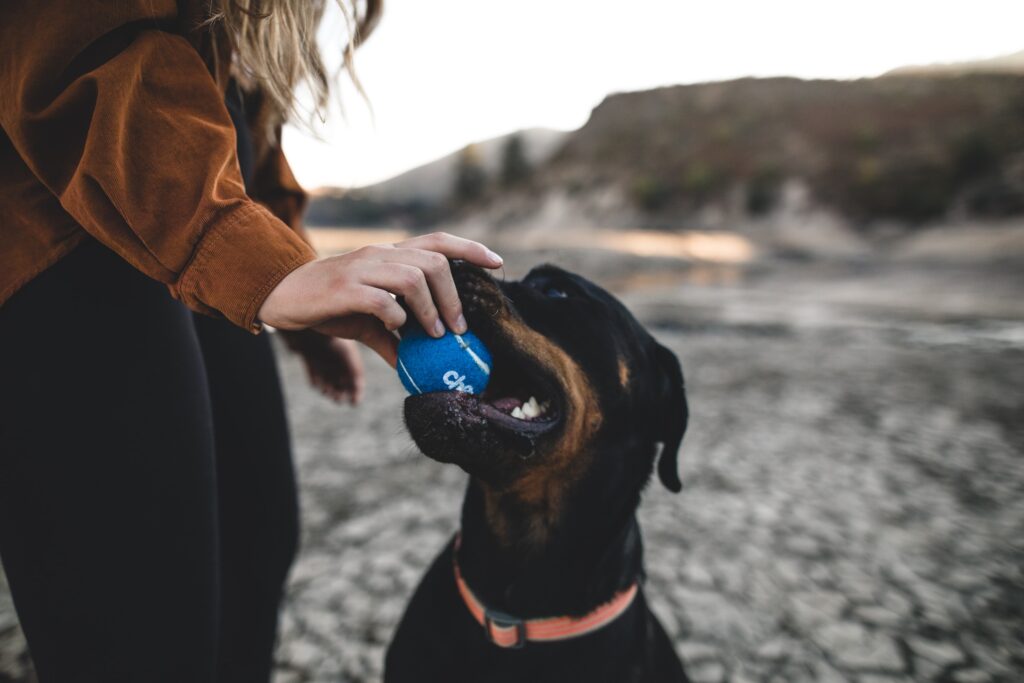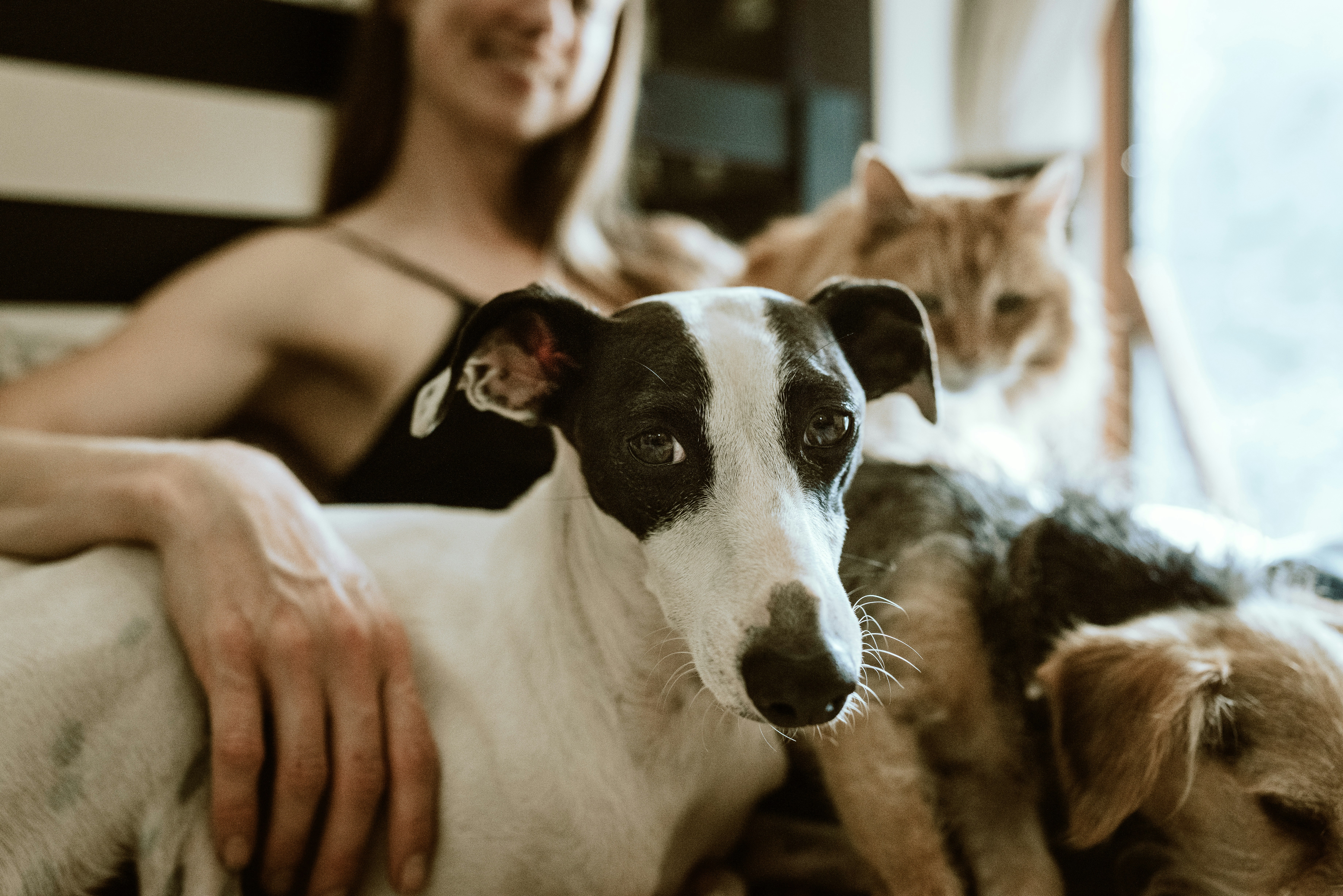If you’ve ever dreamt of owning a furry companion but were deterred by pesky allergies, you may be wondering: are there hypoallergenic dog breeds? Well, the good news is that there may be hope yet! While no dog is completely allergen-free, certain breeds are known to produce fewer allergens, making them a potential option for those with allergies. In this article, we’ll explore some popular hypoallergenic dog breeds and discuss how they can bring joy and companionship into your life without triggering troublesome allergies. So, get ready to discover which furry friend could be the perfect addition to your family!
Understanding Hypoallergenic Dog Breeds
What Does Hypoallergenic Mean?
If you or someone in your family suffers from allergies, you might have heard the term “hypoallergenic” when it comes to dog breeds. But what exactly does it mean? Hypoallergenic refers to dog breeds that are less likely to cause allergies or trigger allergic reactions in individuals who are sensitive to dogs. While no dog breed is completely hypoallergenic, certain breeds are known to produce fewer allergens, thus making them a better choice for allergy sufferers.
What Causes Allergies to Dogs?
To understand how hypoallergenic dog breeds work, it’s important to know what causes allergies in the first place. Contrary to popular belief, dog hair or fur is not the main culprit. Instead, it’s the proteins found in a dog’s dander, saliva, and urine that can trigger allergic reactions. When someone with allergies comes into contact with these proteins, their immune system reacts and releases histamines, causing symptoms such as sneezing, itching, watery eyes, and congestion.
What Makes a Dog Breed Hypoallergenic?
A dog breed is typically considered hypoallergenic if it produces fewer allergens or has a low-shedding coat. This means that hypoallergenic dog breeds are less likely to spread dander and other allergenic substances throughout your home. Additionally, these breeds often have hair instead of fur, which reduces the amount of shedding and dander released into the environment. However, it’s important to note that every individual’s allergic sensitivity is different, and what works for one person may not work for another.
Misconceptions about Hypoallergenic Dog Breeds
Before we dive into the specific breeds, it’s essential to address some misconceptions about hypoallergenic dog breeds. Firstly, it’s crucial to understand that hypoallergenic does not mean allergy-free. While these breeds may produce fewer allergens, it doesn’t mean that they won’t trigger any allergies at all. Secondly, it’s worth noting that individual reactions to allergens vary. What may cause a severe reaction in one person might have a minimal impact on someone else. Therefore, it’s important to spend time with a specific breed and assess your own sensitivity before making a commitment.
Popular Hypoallergenic Dog Breeds
Poodle
The Poodle is one of the most well-known hypoallergenic dog breeds. With their iconic curly or corded coat, Poodles are known for shedding less and producing fewer allergens compared to other breeds. They are highly intelligent, versatile, and come in various sizes, from standard to toy. Poodles also require regular grooming to maintain their coat and prevent matting.
Bichon Frise
Known for their fluffy white coat, the Bichon Frise is another popular choice for allergy sufferers. These small, spirited dogs have hair that grows continuously, similar to human hair, which reduces shedding and minimizes allergens. Bichon Frises are cheerful, affectionate, and adapt well to various living situations, making them a great choice for families with allergies.
Maltese
The Maltese is a small breed with a long, silky, and hypoallergenic coat. Like the Bichon Frise, the Maltese has hair rather than fur, making them a suitable companion for individuals prone to allergies. Maltese dogs are known for their friendly and playful nature, making them an excellent choice for families and individuals alike.
Basenji
The Basenji is a unique and ancient breed originating from Central Africa. Their short, fine coat is low-shedding and hypoallergenic, making them a great option for allergy sufferers. Basenjis are known for their intelligence, independence, and playful nature. However, they are also known to be a more challenging breed to train, requiring patient and consistent handling.
Portuguese Water Dog
Made famous by former U.S. President Barack Obama, the Portuguese Water Dog is a versatile and hypoallergenic breed. Their curly, non-shedding coat makes them less likely to cause allergic reactions. Originally bred for water work, these dogs are energetic, intelligent, and affectionate. Portuguese Water Dogs thrive in an active household that can provide them with plenty of exercise and mental stimulation.

Less Common Hypoallergenic Dog Breeds
Irish Water Spaniel
The Irish Water Spaniel is a less common hypoallergenic breed that offers a unique and playful personality. With a tight, curly, and water-repellent coat, they are considered hypoallergenic. These dogs are known for their athleticism, loyalty, and love for water activities. However, they require regular grooming to prevent matting and maintain the health of their distinctive coat.
Soft Coated Wheaten Terrier
Featuring a soft, silky coat that tends to be less prone to shedding, the Soft Coated Wheaten Terrier is another excellent choice for allergy sufferers. These medium-sized terriers are lively, affectionate, and adaptable. Wheatens have a playful nature and enjoy various activities, making them a great companion for families with allergies.
Chinese Crested
Perhaps one of the more unique and recognizable breeds, the Chinese Crested comes in two coat varieties: hairless and powder-puff. The hairless variety is the one that is hypoallergenic, as it produces minimal dander. Chinese Cresteds are known for their affectionate and playful nature, making them a great choice for individuals or families seeking a hypoallergenic companion.
Xoloitzcuintli
The Xoloitzcuintli, often referred to as the Xolo or Mexican Hairless Dog, is an ancient breed known for its hairless, hypoallergenic coat. These dogs come in three sizes: toy, miniature, and standard. Xolos are intelligent, alert, and make loving and loyal companions. Due to their lack of coat, they require special care to protect their sensitive skin from sunburn and cold weather.
Schnauzer
Schnauzers are known for their distinctive beards and eyebrows, but they are also a suitable choice for allergy sufferers. With their wiry, hypoallergenic coats, Schnauzers shed less and produce fewer allergens. These versatile dogs come in three sizes: miniature, standard, and giant. Schnauzers are intelligent, adaptable, and protective, making them excellent family pets.
Factors to Consider for Allergy Sufferers
Grooming Needs
When choosing a hypoallergenic dog breed, it’s essential to consider the grooming needs of the specific breed. While these breeds may shed less, they often require regular grooming to prevent matting and maintain the health of their coat. Some breeds may need professional grooming, while others can be groomed at home with the right tools and techniques.
Exercise Requirements
Different breeds have varying exercise requirements, so it’s crucial to consider your lifestyle and activity level when selecting a hypoallergenic breed. Some breeds, like the Portuguese Water Dog, are highly energetic and require plenty of exercise and mental stimulation, while others, like the Maltese, need less vigorous exercise. Understanding the exercise needs of the breed will help ensure that you can meet your dog’s physical and mental needs.
Temperament
The temperament of a dog is another vital factor to consider, especially for families or individuals with allergies. It’s essential to choose a breed that matches your lifestyle and energy level. Some breeds, like the Bichon Frise and the Maltese, are known for their friendly and affectionate nature, making them great companions for families and individuals seeking a hypoallergenic dog.
Size and Living Space
The size of your living space is another factor to consider when choosing a hypoallergenic dog breed. Some breeds, like the Poodle and the Schnauzer, come in different sizes, allowing you to find a suitable fit for your home. If you live in an apartment or have limited space, smaller hypoallergenic breeds may be more suitable, while larger breeds may require more room to roam and exercise.
Caring for a Hypoallergenic Dog
Allergy Management Strategies
While hypoallergenic dog breeds may produce fewer allergens, it’s still important to implement allergy management strategies to minimize exposure to allergens and keep your home as allergy-friendly as possible. These strategies may include regular cleaning, using air purifiers, washing your hands after contact with your dog, and designating certain areas of your home as dog-free zones.
Proper Grooming Techniques
Proper grooming is essential for maintaining the health and hypoallergenic qualities of your dog’s coat. Regular brushing, bathing, and trimming are necessary to prevent matting, remove loose hair, and reduce the spread of allergens. It’s important to use appropriate grooming tools and techniques specific to your dog’s breed to achieve the best results.
Healthcare and Regular Vet Check-ups
Just like any other dog, hypoallergenic breeds require proper healthcare and regular vet check-ups to ensure their overall well-being. This includes routine vaccinations, flea and tick prevention, and dental care. Regular visits to the veterinarian will help catch any potential health issues early on and ensure your hypoallergenic dog stays healthy and happy.
Training and Socialization
Proper training and socialization are crucial for any dog, including hypoallergenic breeds. Training ensures that your dog understands basic commands, behaves well, and can be safely managed in various situations. Socialization helps your dog become comfortable and well-behaved around people, other dogs, and different environments. It’s important to invest time and effort into training and socializing your hypoallergenic dog to nurture a well-rounded and obedient companion.
Alternative Options for Allergy Sufferers
Mixed Breed Dogs
While specific breeds are known for being hypoallergenic, it’s also worth considering mixed breed dogs. Mixed breeds can inherit hypoallergenic traits from one or both of their parents, making them potentially suitable for allergy sufferers. Adopting a mixed breed dog from a shelter or rescue organization can be a rewarding and fulfilling experience while potentially providing a hypoallergenic companion.
Hairless Dog Breeds
For individuals with severe allergies, hairless dog breeds may be a viable option. These breeds, including the Chinese Crested and the Xoloitzcuintli, have little to no hair, reducing the amount of allergens they produce. However, it’s important to note that hairless dogs generally require extra care to protect their sensitive skin from sunburn and extreme weather conditions.
Other Pets for Allergy Sufferers
If dog allergies are a significant concern, there are other pet options to consider. Some individuals with allergies may find relief by having other types of pets, such as cats, birds, fish, or reptiles. However, it’s crucial to check for allergies specific to the animal before bringing them into your home. Additionally, proper care and maintenance of the pet’s living environment are essential to minimize allergens.

Conclusion
While no dog breed is completely allergen-free, hypoallergenic dog breeds can be a suitable option for individuals or families with allergies. Understanding what makes a dog breed hypoallergenic, exploring popular and less common hypoallergenic breeds, and considering factors such as grooming needs, exercise requirements, temperament, and living space will help you make an informed decision. Whether you choose a popular breed like the Poodle or explore less known breeds like the Xoloitzcuintli, proper care, grooming, and allergy management strategies will ensure a happy and healthy life with your hypoallergenic companion.





